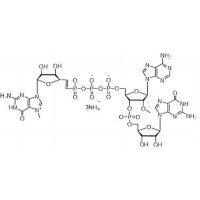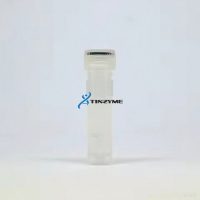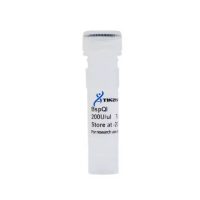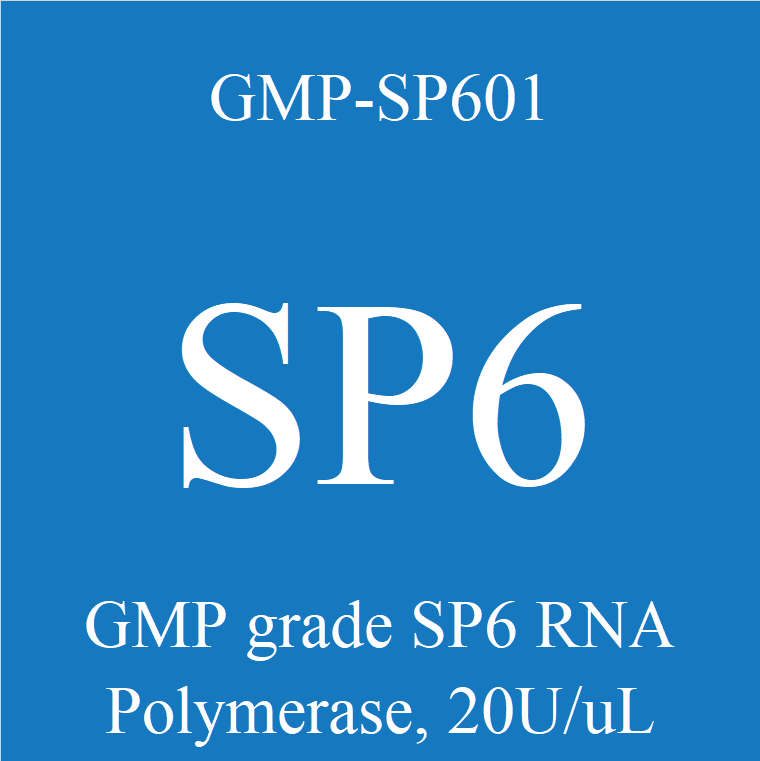
SP6 RNA Polymerase
2022-10-24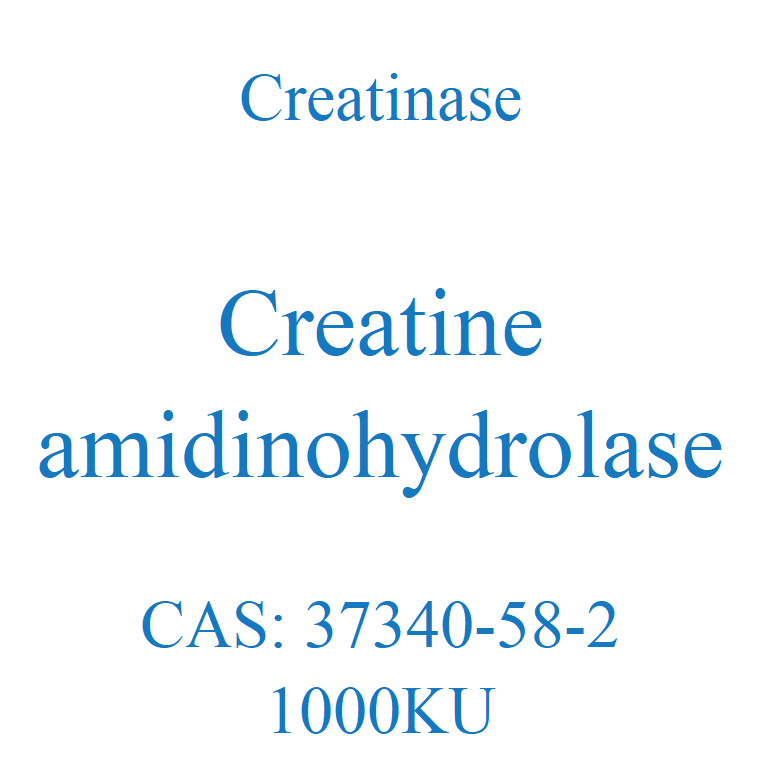
Creatine amidinohydrolase (Creatinase)
2023-03-13Thermosensitive Phosphatase (TSP)
Product No.: TSP01
Product Description
The phosphatase gene isolated from Antarctic psychrophilic strain TAB5 was expressed in Escherichia coli and purified for several times. Phosphatase can catalyze the removal of 5 ┬┤ phosphate groups at the ends of DNA or RNA. After the carrier DNA is treated with thermosensitive phosphatase during cloning, its fragment lacks the 5 ┬┤ phosphate terminal necessary for ligase, so the carrier cannot be self-connected, which can greatly reduce the background of self-connection of the carrier. The enzyme can act on the 5 ┬┤ protruding end, concave end and flat end.
Application
1) Remove the phosphoric acid group at the 5 ┬┤ end of the carrier to reduce the self-connecting background;
2) Remove dNTP and pyrophosphate residues in PCR products;
3) Remove the phosphate group at the 5 ┬┤ end of the DNA probe and prepare the optimal substrate for the 5 ┬┤ end phosphorylation labeling;
4) Dephosphorylation of proteins.
Usage suggestions
Heat sensitive phosphatase at 1 ├ù TSP Buffer has the optimal enzyme activity. If the reaction is to be carried out in the restricted enzyme digestion buffer, 10 must be added to the reaction system ├ù TSP Buffer to 1 ├ù The final concentration was incubated at 37 Ôäâ.
Storage temperature
-20ÔäâÒÇé
Package
| Components | Volume |
| Thermosensitive Phosphatase(TSP) (5U/╬╝l) | 40╬╝l |
| 10×TSP Reaction Buffer | 1ml |
Quality Control
After several times of column purification, only clear and single target band can be seen in SDS-PAGE gel detection; There was no residual DNA of Escherichia coli and no contamination of endonuclease and exonuclease detected by PCR.
Reaction conditions
1├ùTSP Reaction Buffer [50 mM Bis Tris propane HCl, 1 mM MgCl2, 0.1 mM ZnCl2 (pH 6.0 at 25 Ôäâ)], incubated at 37 Ôäâ.
Unit definition
At 37 Ôäâ for 30 minutes, the amount of enzyme required to dephosphorylate 1ug pUC19 DNA Digested by Hind III (producing 5 ┬┤ protruding end), EcoR V (producing smooth end) or Pst I (producing 5 ┬┤ concave end) is defined as a unit.
Dephosphorylation standard refers to inhibit the reconnection of more than 95% DNA fragments in the connection reaction (detected by electrophoresis).
Thermal deactivation
70 Ôäâ for 5 minutes.

